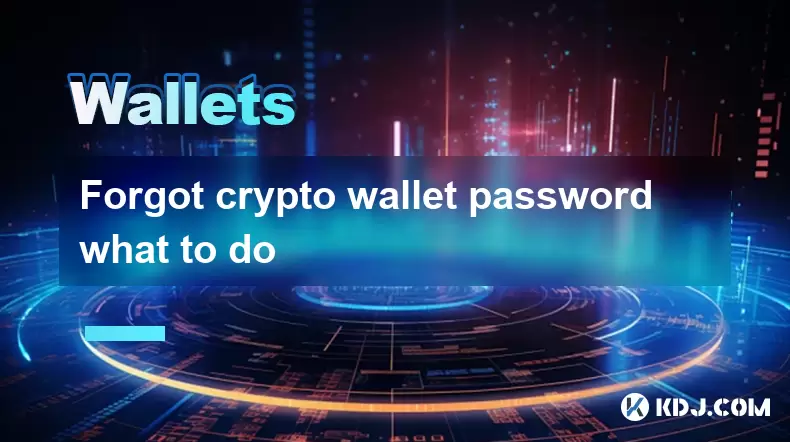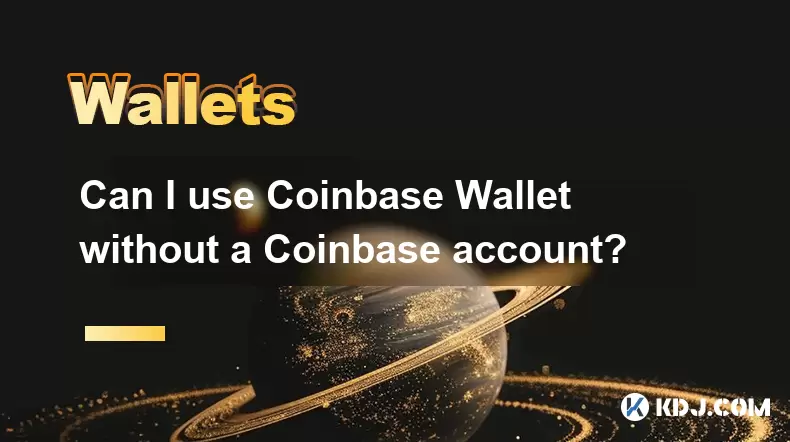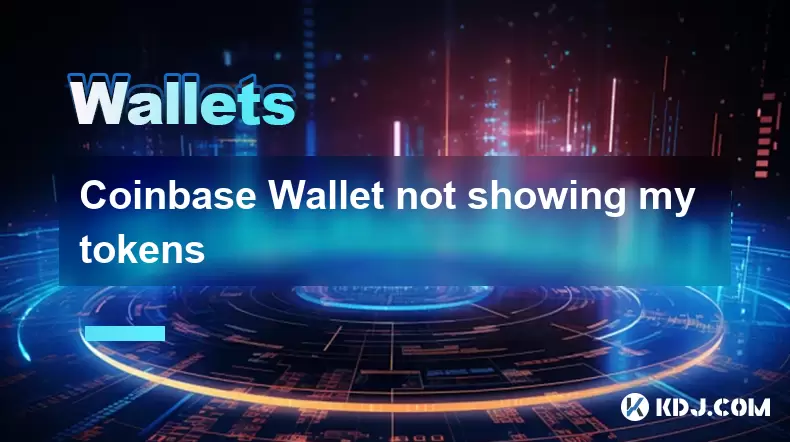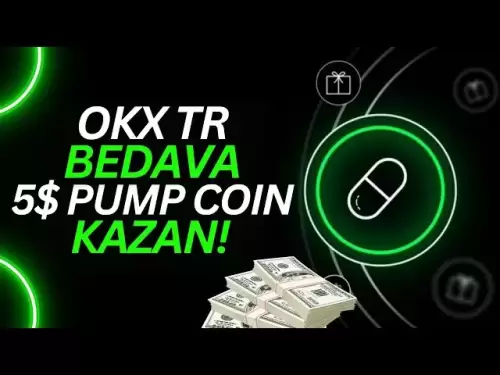-
 Bitcoin
Bitcoin $117700
0.64% -
 Ethereum
Ethereum $3766
1.44% -
 XRP
XRP $3.545
3.02% -
 Tether USDt
Tether USDt $1.000
0.00% -
 Solana
Solana $201.4
12.46% -
 BNB
BNB $766.0
2.28% -
 USDC
USDC $0.9999
0.01% -
 Dogecoin
Dogecoin $0.2720
2.37% -
 Cardano
Cardano $0.8942
5.70% -
 TRON
TRON $0.3135
0.55% -
 Hyperliquid
Hyperliquid $44.62
-2.41% -
 Stellar
Stellar $0.4757
1.39% -
 Sui
Sui $4.010
3.56% -
 Chainlink
Chainlink $19.59
2.25% -
 Hedera
Hedera $0.2701
-0.95% -
 Avalanche
Avalanche $25.68
3.18% -
 Bitcoin Cash
Bitcoin Cash $522.7
-2.05% -
 Shiba Inu
Shiba Inu $0.00001552
2.28% -
 Litecoin
Litecoin $116.1
-0.34% -
 UNUS SED LEO
UNUS SED LEO $8.991
0.01% -
 Toncoin
Toncoin $3.349
3.48% -
 Polkadot
Polkadot $4.504
1.83% -
 Uniswap
Uniswap $10.93
5.54% -
 Ethena USDe
Ethena USDe $1.001
-0.01% -
 Pepe
Pepe $0.00001440
4.56% -
 Monero
Monero $319.3
-0.87% -
 Bitget Token
Bitget Token $4.870
0.09% -
 Dai
Dai $0.9999
0.00% -
 Aave
Aave $321.6
0.20% -
 Bittensor
Bittensor $453.3
10.25%
Forgot crypto wallet password what to do
If you've forgotten your crypto wallet password, stay calm and check if you have a recovery phrase to restore access—without it, most wallets can't recover your funds.
Jul 21, 2025 at 03:49 am

Immediate Steps After Forgetting Your Crypto Wallet Password
If you have forgotten your crypto wallet password, the first thing to do is remain calm and avoid panicking. Most wallets do not store passwords on their servers, meaning that if you lose access, there may be no way to recover it unless you have a backup phrase or recovery seed. If you set up your wallet with a mnemonic phrase during the initial setup, this can serve as a lifeline.
Check whether you saved the recovery phrase in a secure location. This is typically a sequence of 12 or 24 words generated when the wallet was created. It is crucial to understand that without this recovery phrase and the correct password, most wallets cannot restore access.
If you used a hardware wallet, such as Ledger or Trezor, ensure that you still have the device and the recovery phrase. These devices usually allow you to restore your wallet onto another compatible device using the seed phrase, but again, you will need the correct password to unlock it.
Do not attempt multiple incorrect password entries
, especially with hardware wallets, as some devices may wipe the wallet after several failed attempts.Recovery Options Based on Wallet Type
Different types of wallets offer varying levels of support for password recovery. Software wallets like Electrum or Trust Wallet often rely solely on the user to manage passwords and recovery phrases. If you forget your password and do not have the recovery phrase, these wallets typically provide no means of restoring access.
For web-based wallets like MetaMask, the process is similar: if you backed up your seed phrase, you can import the wallet into another instance of the same wallet service. However, if you did not save the seed phrase and forgot the password, there is no official way to recover your account.
In contrast, exchange-based wallets, such as those provided by Binance or Coinbase, might offer customer support assistance. However, they usually require identity verification and proof of ownership before any action can be taken. Even then, success is not guaranteed.
Some wallets integrate with third-party services like Google or Apple for backup purposes. If you used such an option, check if you can regain access through those accounts.
Utilizing Recovery Phrases Correctly
If you have your recovery phrase (seed phrase), the next step depends on the wallet type. Begin by downloading and installing the same wallet application you originally used. During setup, choose the option to restore an existing wallet rather than creating a new one.
You will be prompted to enter your recovery phrase. Carefully type each word in the correct order. Some wallets may ask you to confirm specific words from the list to ensure accuracy. Once entered correctly, the wallet should restore all associated accounts and funds.
After restoration, you will be asked to set a new password. Choose a strong, unique password and store it securely—preferably offline or in a trusted password manager. Avoid storing it alongside your recovery phrase, as doing so could compromise security if both fall into the wrong hands.
Remember, entering the recovery phrase into any untrusted platform can lead to theft. Always use the official wallet software and double-check the source code and download links to avoid phishing scams.
Password Recovery Tools and Services
There are tools and services that claim to help recover lost cryptocurrency wallet passwords. These include brute-force crackers, dictionary attack tools, or mnemonic seed finders. However, most of these methods are highly unreliable and often illegal.
Using brute-force techniques on encrypted wallets is computationally intensive and generally impractical due to the strength of modern encryption algorithms. Unless your password was extremely weak or short, such tools are unlikely to yield results within a reasonable timeframe.
Third-party recovery services may promise assistance but often charge high fees and rarely deliver. Many of them are scams designed to steal your recovery phrase or personal information. Never share your seed phrase with anyone offering recovery help unless you are certain of their legitimacy.
Some advanced users attempt to write custom scripts or use open-source tools like btcrecover to try and guess parts of the password. This requires technical knowledge and assumes you remember at least part of the password or its structure.
Before considering any external tool, always exhaust the official recovery options provided by the wallet developer.
Preventative Measures for Future Security
To avoid repeating the issue of losing access to your crypto wallet, implement preventative strategies. First, store your recovery phrase in a secure, offline location. Consider engraving it on metal or storing it in a safe deposit box. Do not keep digital copies on internet-connected devices.
Use a reputable password manager to store your wallet passwords. Ensure that the manager is encrypted and that you have backups of its master password. Enable two-factor authentication (2FA) wherever possible to add an extra layer of protection.
Make sure to document the wallet type, recovery phrase, and instructions for accessing it. Share this information with a trusted family member or legal representative under strict confidentiality conditions.
Regularly test your recovery process by importing your wallet into a different device or wallet client. This ensures that your recovery phrase works and that you remember how to use it.
Avoid reusing passwords across different platforms. Each wallet should have a unique, strong password to prevent cross-account breaches.
Frequently Asked Questions
Q: Can I reset my crypto wallet password without the recovery phrase?
A: In most cases, no. Without the recovery phrase, most wallets cannot restore access, especially non-custodial ones. You may need to contact exchange support if it's an exchange-based wallet.
Q: Is it safe to use third-party wallet recovery services?
A: Generally, no. Most third-party recovery services are scams or ineffective. Sharing your recovery phrase with unknown entities can result in fund theft.
Q: How can I securely store my wallet password and recovery phrase?
A: Store the recovery phrase offline, preferably engraved or printed on durable material. Use a trusted password manager for wallet passwords and avoid keeping them together with the recovery phrase.
Q: What should I do if my hardware wallet locks me out after multiple failed attempts?
A: Hardware wallets like Ledger or Trezor may lock or reset after repeated failures. Use your recovery phrase to restore the wallet on a new device, but ensure you know the correct password before proceeding.
Disclaimer:info@kdj.com
The information provided is not trading advice. kdj.com does not assume any responsibility for any investments made based on the information provided in this article. Cryptocurrencies are highly volatile and it is highly recommended that you invest with caution after thorough research!
If you believe that the content used on this website infringes your copyright, please contact us immediately (info@kdj.com) and we will delete it promptly.
- ETH Holders in Profit: Value Surge Fuels Bullish Sentiment
- 2025-07-22 09:30:13
- NEAR Protocol's AI Leap: Double-Digit Gains and Future Potential
- 2025-07-22 09:30:13
- Cryptos, Meme Coins, Buy Now: Riding the Wave of Hype
- 2025-07-22 08:30:13
- Altcoins in July 2025: Trends, Insights, and a Few Wildcards
- 2025-07-22 08:50:13
- Yuan Stablecoin on Conflux: A New Era for Cryptocurrency?
- 2025-07-22 08:30:13
- Cosmos (ATOM) Network Upgrade Fuels Bullish Momentum, But Overbought Signals Emerge
- 2025-07-22 08:50:13
Related knowledge

Can I use Coinbase Wallet without a Coinbase account?
Jul 18,2025 at 04:35am
What is Coinbase Wallet?Coinbase Wallet is a self-custodial wallet that allows users to store, send, and receive various cryptocurrencies directly on ...

Coinbase Wallet "uh oh something went wrong"
Jul 20,2025 at 10:00am
Understanding the Coinbase Wallet Error: 'Uh Oh, Something Went Wrong'If you're a Coinbase Wallet user, encountering the error message 'Uh Oh, Somethi...

How to add Optimism network to Coinbase Wallet
Jul 20,2025 at 05:21am
What is the Optimism Network?The Optimism network is a Layer 2 scaling solution built on top of the Ethereum blockchain. It aims to enhance transactio...

How to add Arbitrum to Coinbase Wallet
Jul 18,2025 at 03:00pm
Understanding Arbitrum and Its Integration with Coinbase WalletArbitrum is a layer-2 scaling solution developed by Offchain Labs to enhance the speed ...

Coinbase Wallet not showing my tokens
Jul 18,2025 at 09:49am
Understanding Coinbase Wallet Token Display IssuesIf you're experiencing issues where Coinbase Wallet not showing my tokens, it can be frustrating, es...

How to clear cache in Coinbase Wallet
Jul 21,2025 at 12:00am
Understanding Cache in Coinbase WalletThe cache in Coinbase Wallet refers to temporary data stored by the application to enhance performance and user ...

Can I use Coinbase Wallet without a Coinbase account?
Jul 18,2025 at 04:35am
What is Coinbase Wallet?Coinbase Wallet is a self-custodial wallet that allows users to store, send, and receive various cryptocurrencies directly on ...

Coinbase Wallet "uh oh something went wrong"
Jul 20,2025 at 10:00am
Understanding the Coinbase Wallet Error: 'Uh Oh, Something Went Wrong'If you're a Coinbase Wallet user, encountering the error message 'Uh Oh, Somethi...

How to add Optimism network to Coinbase Wallet
Jul 20,2025 at 05:21am
What is the Optimism Network?The Optimism network is a Layer 2 scaling solution built on top of the Ethereum blockchain. It aims to enhance transactio...

How to add Arbitrum to Coinbase Wallet
Jul 18,2025 at 03:00pm
Understanding Arbitrum and Its Integration with Coinbase WalletArbitrum is a layer-2 scaling solution developed by Offchain Labs to enhance the speed ...

Coinbase Wallet not showing my tokens
Jul 18,2025 at 09:49am
Understanding Coinbase Wallet Token Display IssuesIf you're experiencing issues where Coinbase Wallet not showing my tokens, it can be frustrating, es...

How to clear cache in Coinbase Wallet
Jul 21,2025 at 12:00am
Understanding Cache in Coinbase WalletThe cache in Coinbase Wallet refers to temporary data stored by the application to enhance performance and user ...
See all articles

























































































